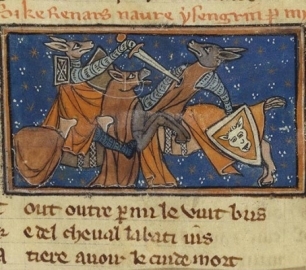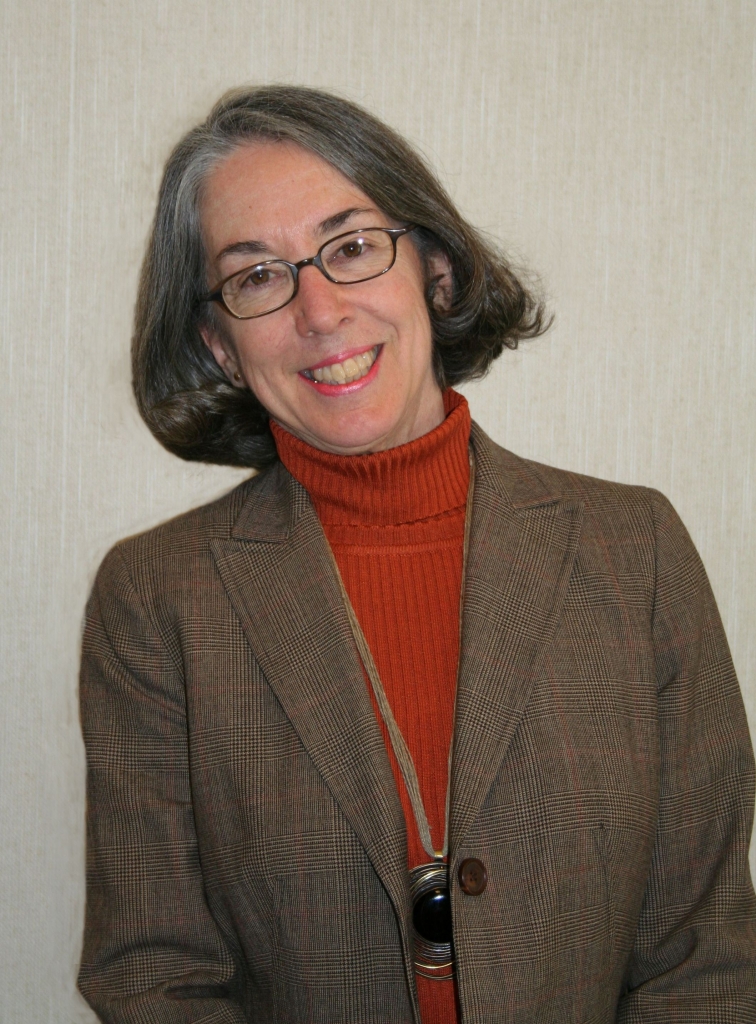The Anthropomorphic and the Other: Medieval Holy Objects in Comparative Perspective
Fri, Nov 9, 2012
4:00 PM

Scholars in cognitive science, art history, a comparative religion have recently suggested that Christian devotional objects such as icons and panel paintings become sacred because of a human desire to see the world as anthropomorphic. Renowned historian Caroline Walker Bynum complicates this understanding of the holy object by showing that those materials most likely to be received as divine are in fact non-iconic, and non-anthropomorphic—objects such as the Eucharist, the most important material manifestation of the holy in the Western-European Middle Ages, which she uses in a comparative case study. Join Bynum as she develops a formulation of divine materiality more sophisticated than what current paradigms suggest.
https://vimeo.com/53635208